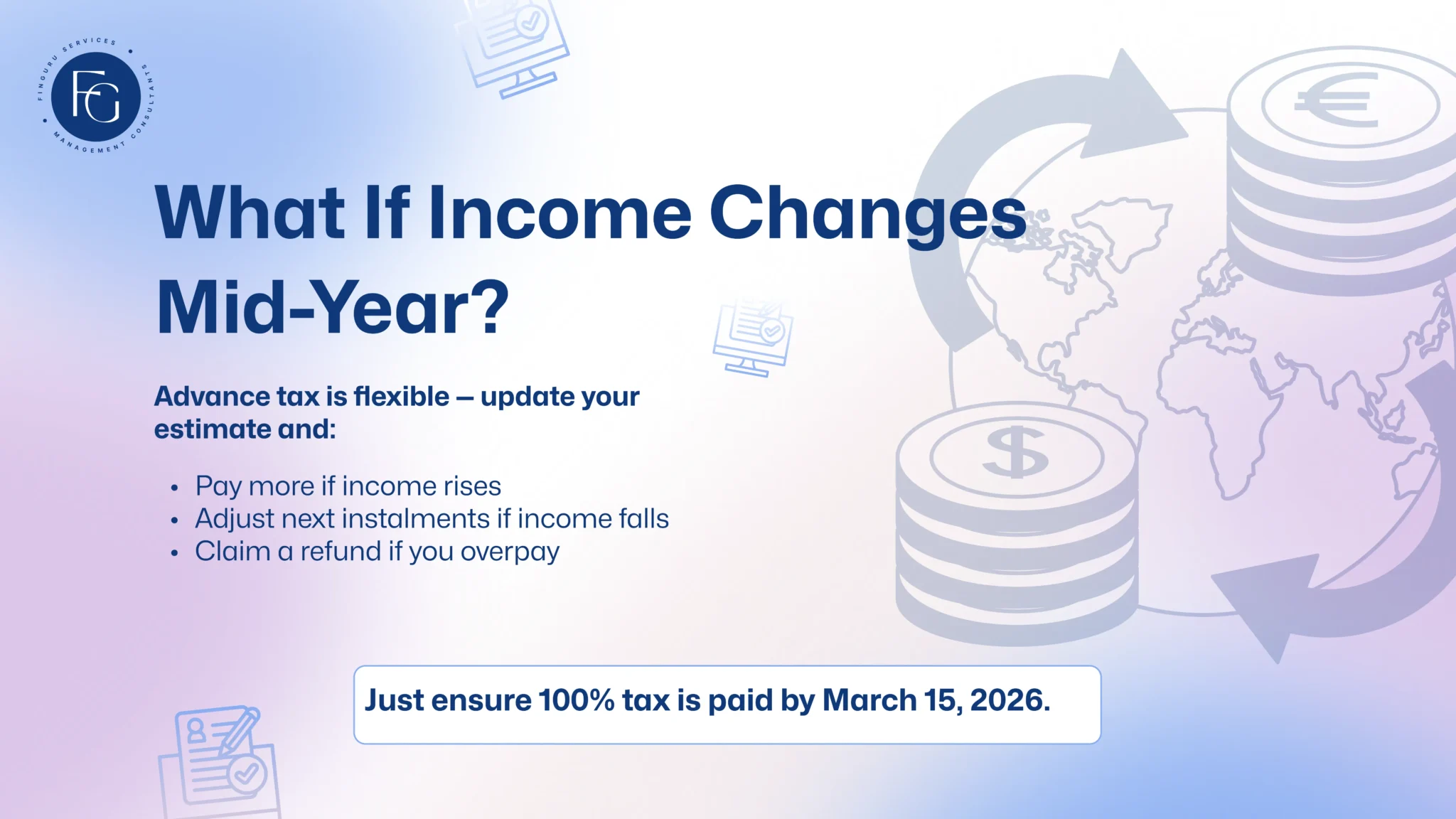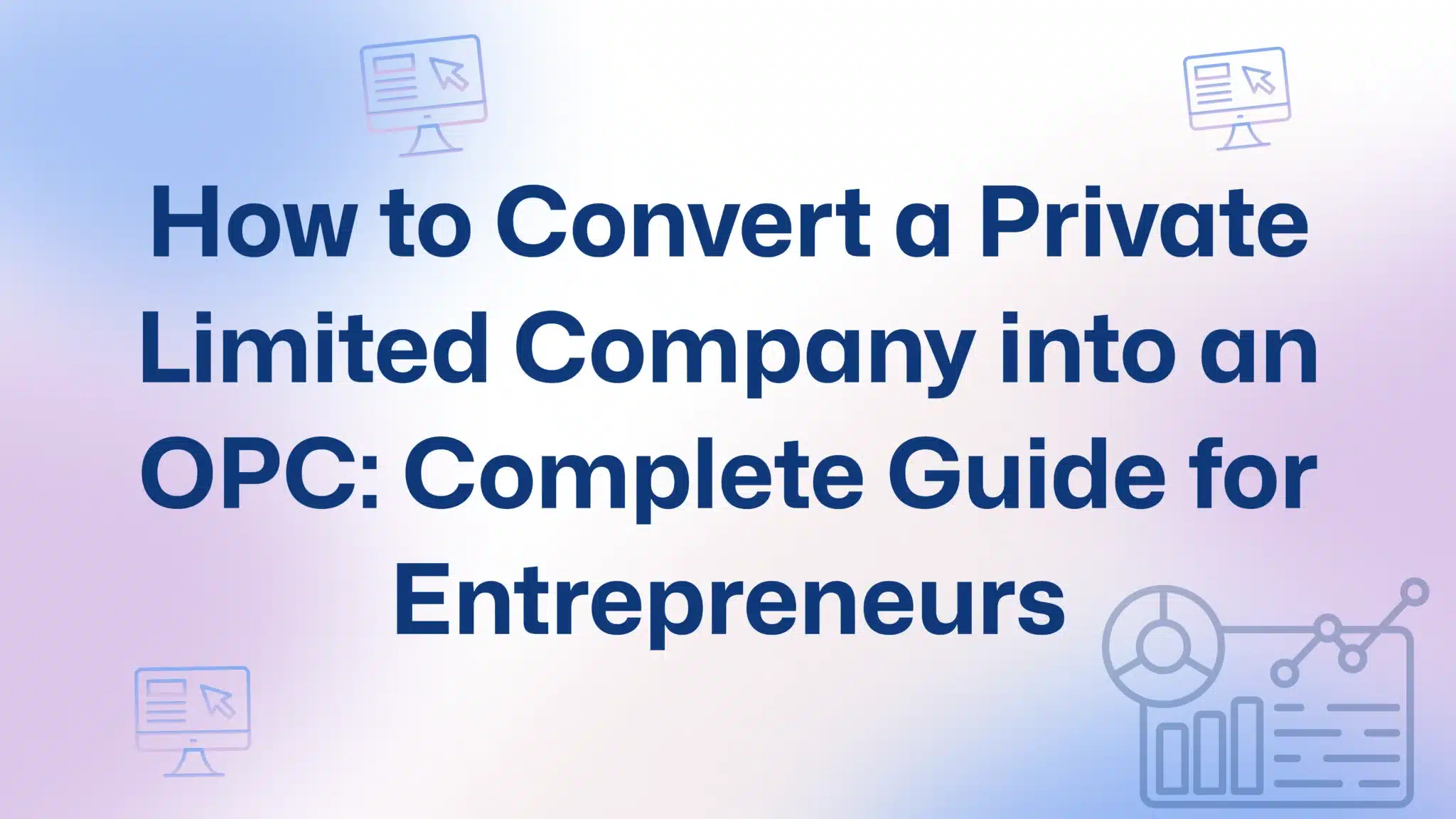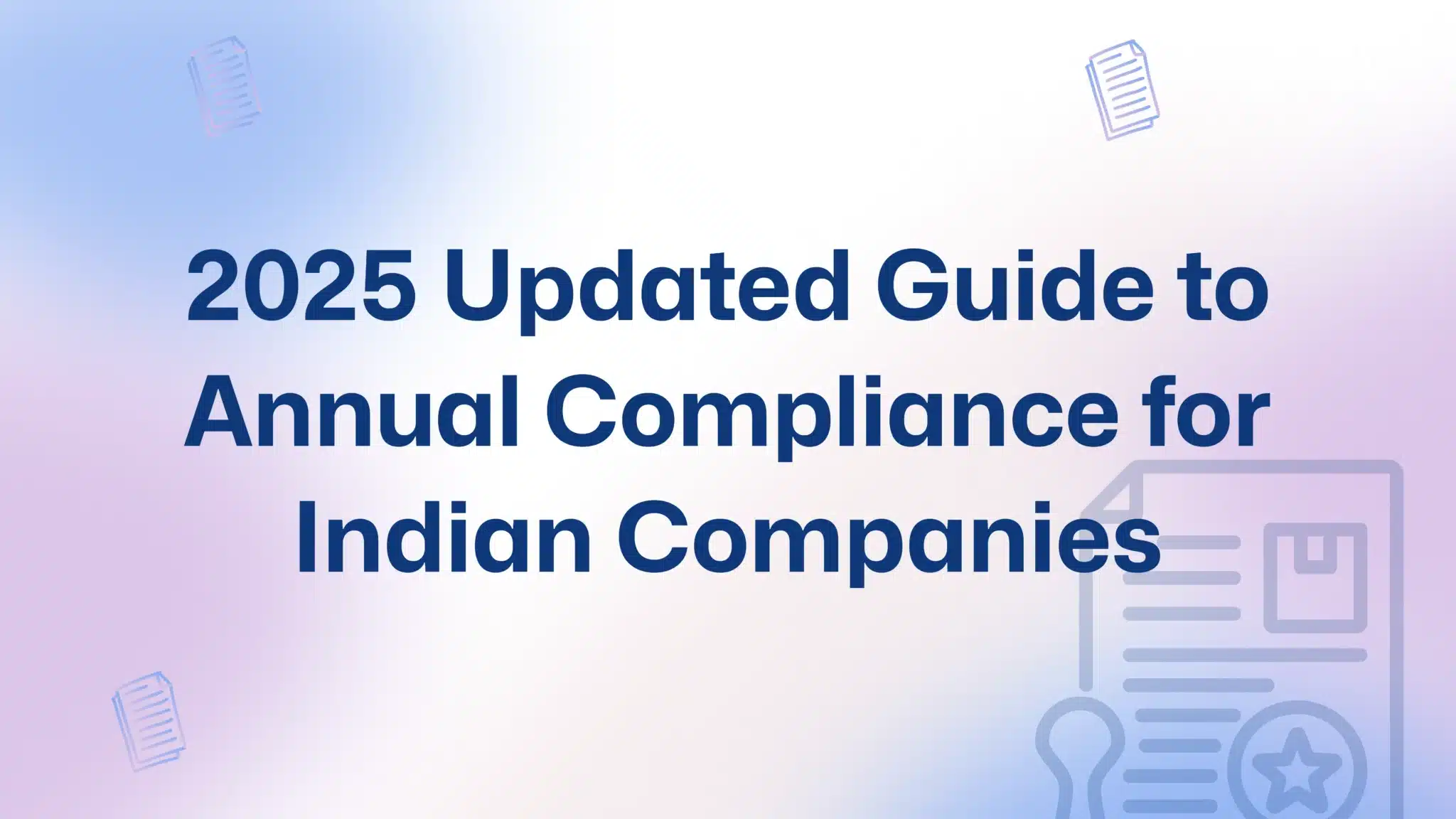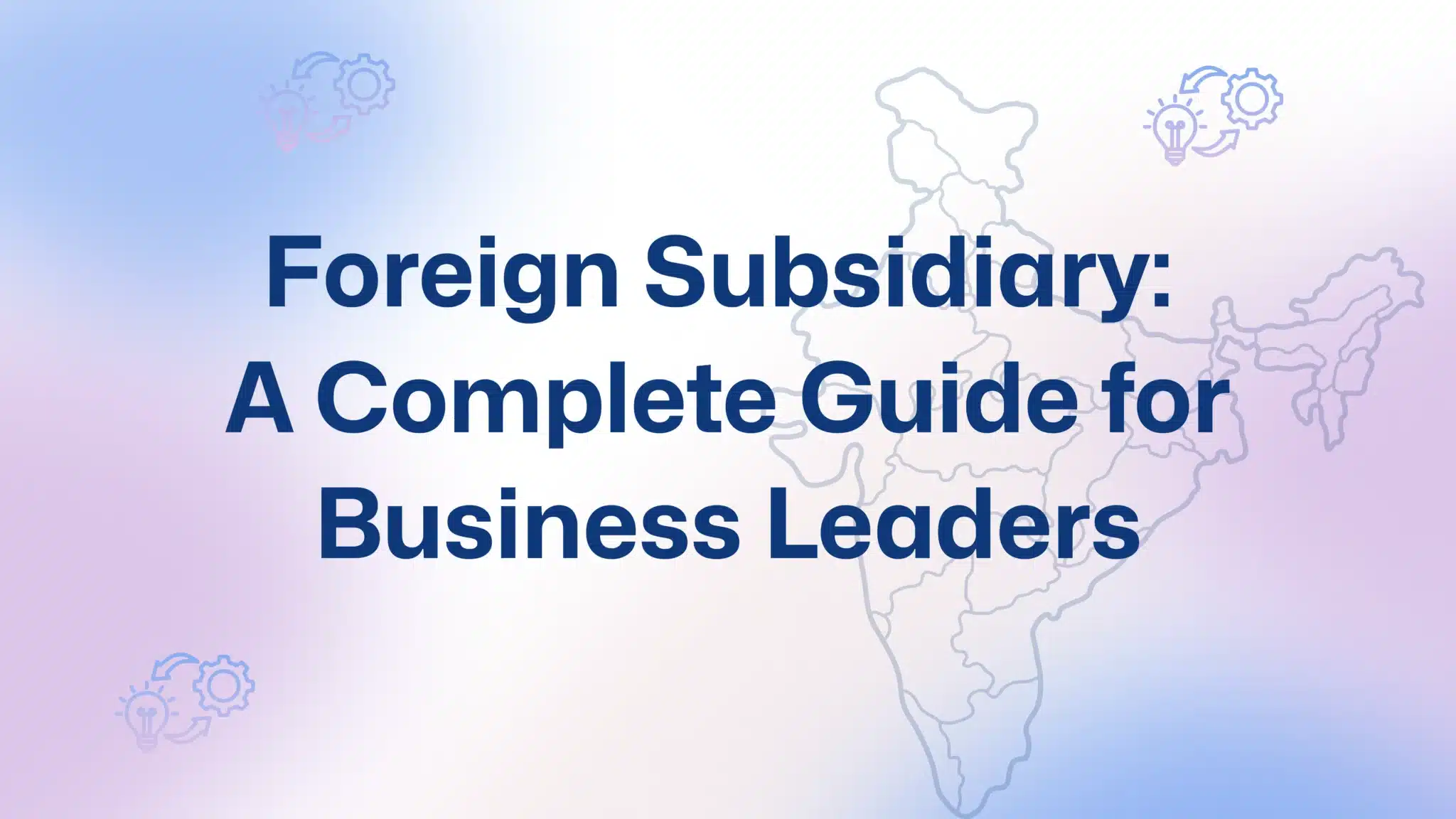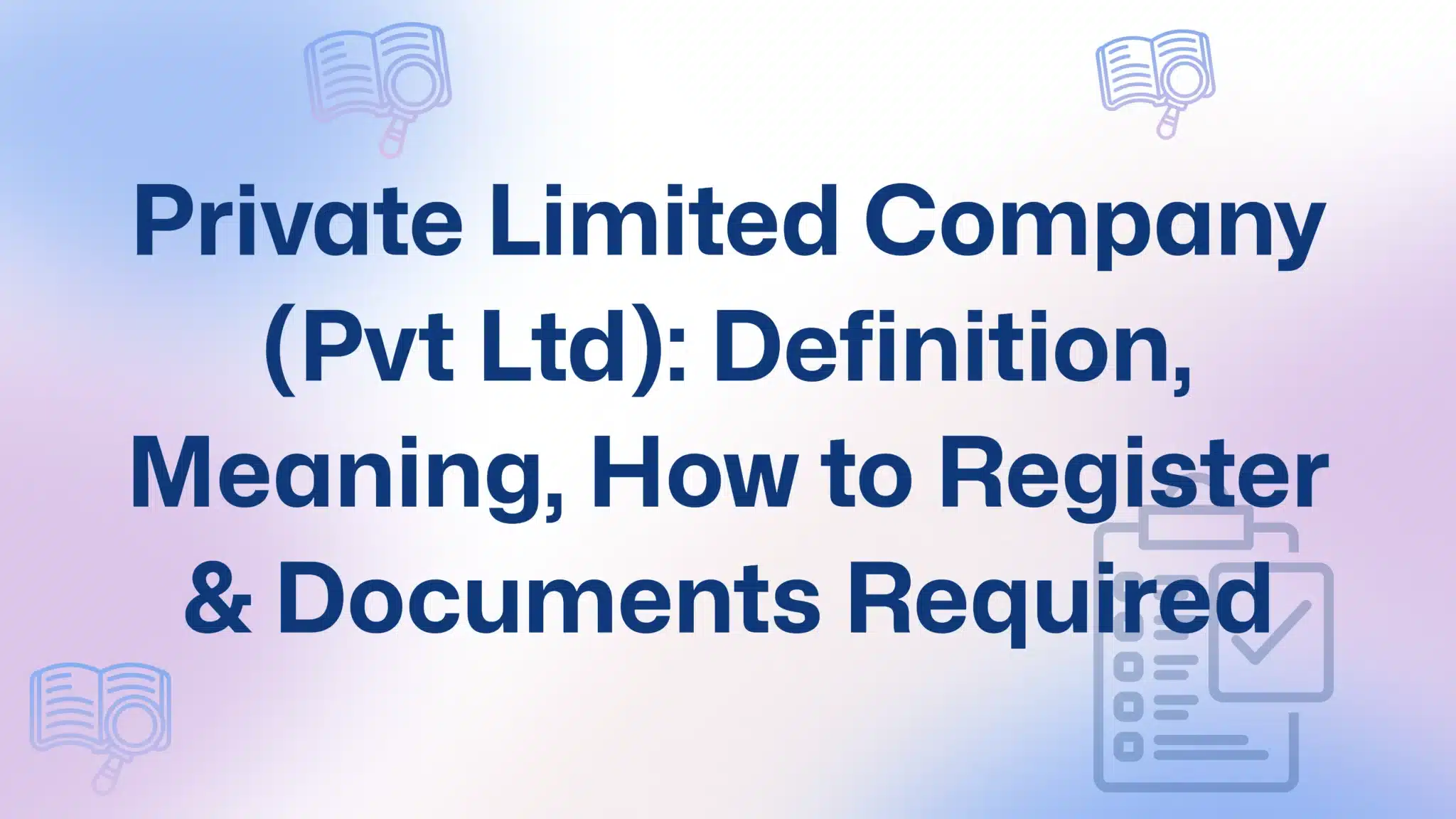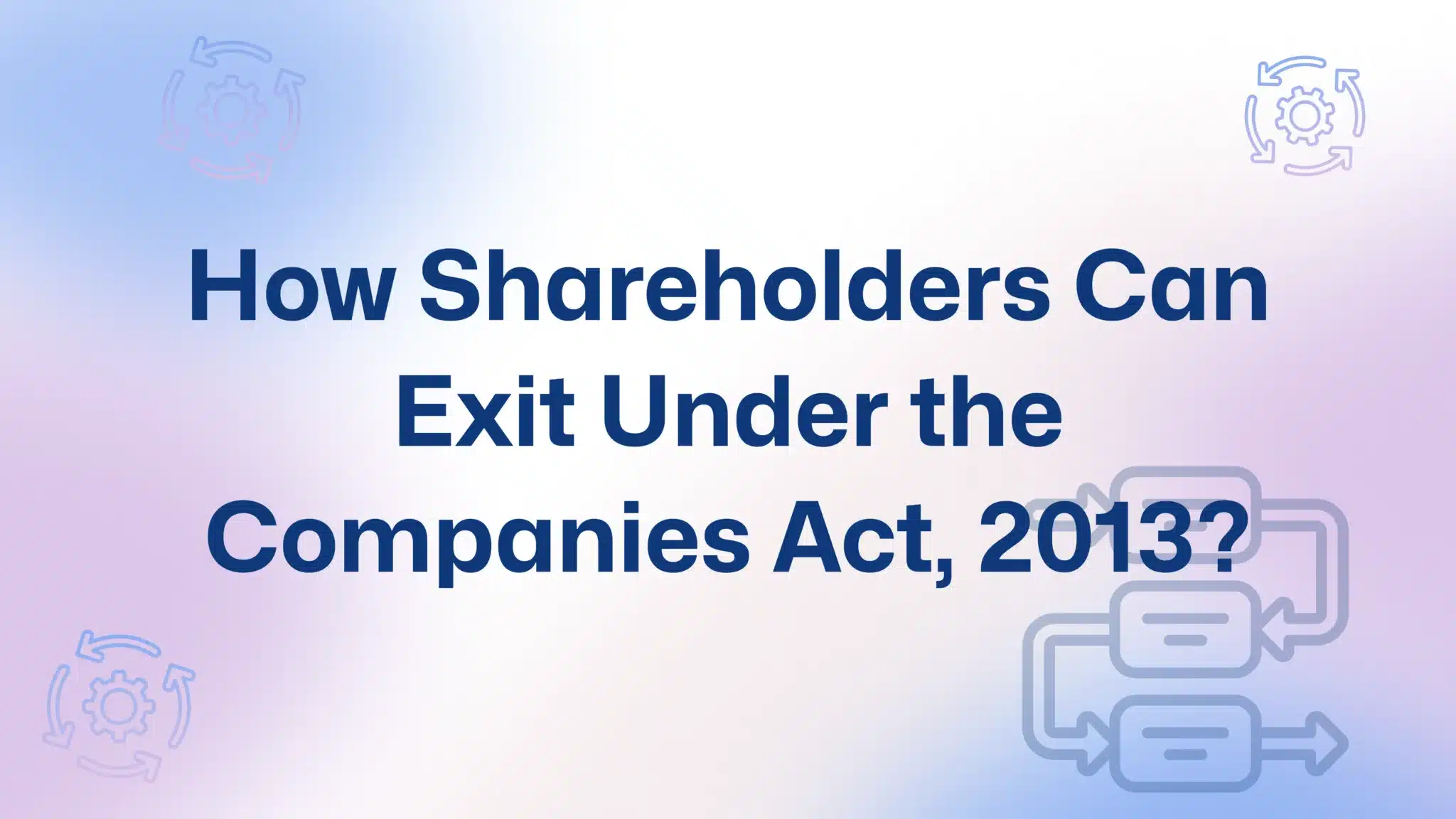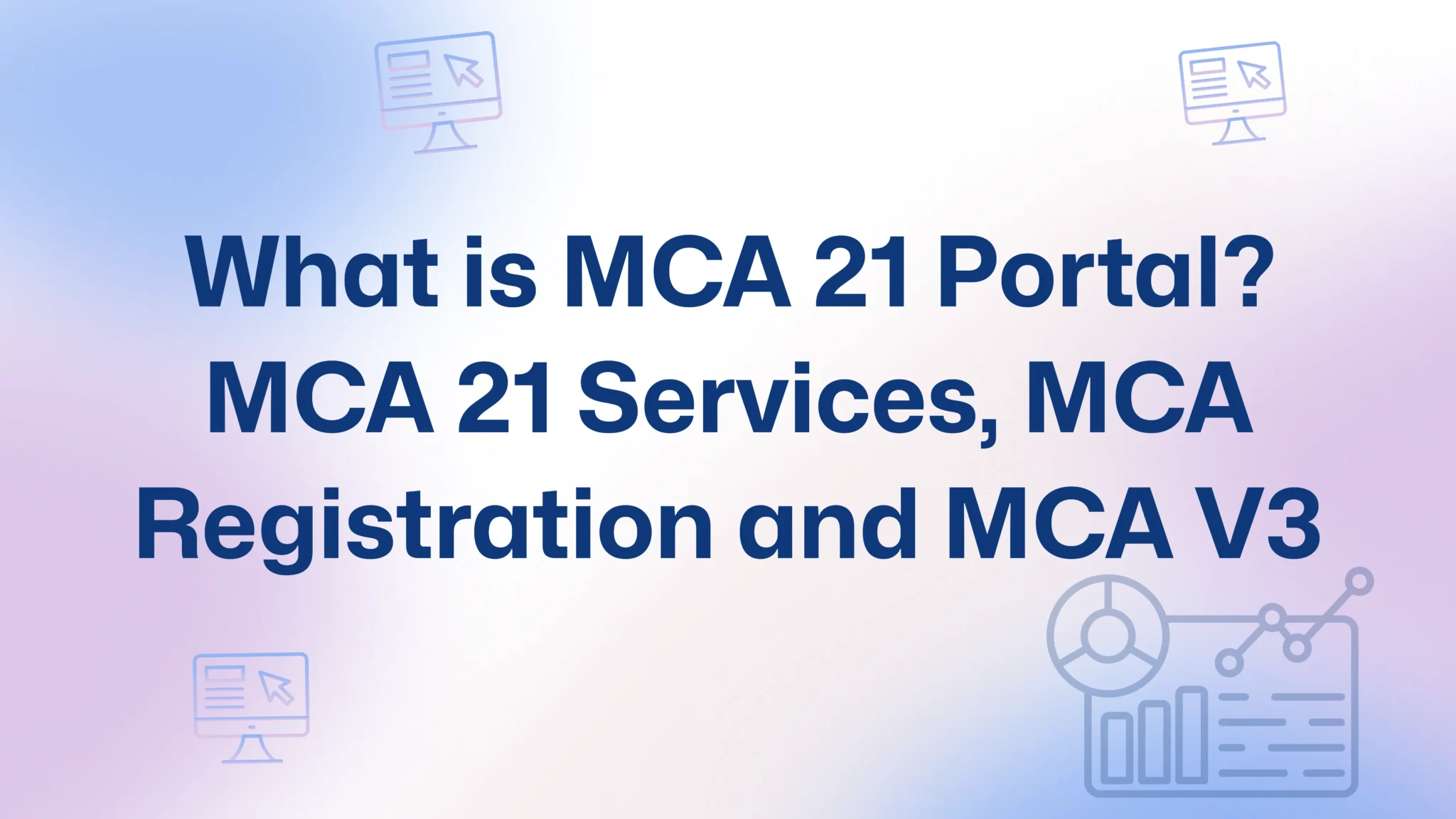Still waiting till March to deal with taxes?
You might be skipping one of the most crucial income tax rules in India — Advance Tax. Most people are familiar with TDS, but advance income tax payment is less understood and often overlooked. If you earn income from salary, freelancing, or your own business — and your total tax liability is more than ₹10,000 — this blog will help you understand what advance tax is, how to pay it on time, and why it’s essential for staying compliant and avoiding penalties.
Advance tax plays a pivotal role in managing your financial responsibilities. It ensures that tax payments are spread out throughout the year, rather than becoming a financial burden at the end. Many taxpayers assume that TDS deducted by employers or banks covers their entire tax liability — but that’s not always true. If you have multiple income sources, even modest ones, you may need to make additional tax payments in advance. Failing to address this could result in interest penalties and compliance issues.
In this blog, we explain:
- What is advance tax, and how does it work
- Who is required to pay advance tax, and who is exempt
- Key advance tax due dates and applicable percentages
- How to calculate your advance tax liability accurately
- Applicable advance tax slab rates for FY 2025–26 (AY 2026–27)
- Different payment methods (online and offline)
- Typical scenarios for salaried individuals, freelancers, and businesses
- What to do if your income changes mid-year
- Differences between advance tax, TDS, and self-assessment tax
- FAQs and actionable tips for compliance
What is Advance Tax?
Advance Tax is the tax you pay as you earn, not at the end of the year. The Income Tax Department expects certain taxpayers to deposit tax in instalments across the financial year.
This tax applies to anyone with a tax liability of more than ₹10,000 in a year, after adjusting for TDS.
Also known as the pay-as-you-earn tax, it helps the government maintain cash flow throughout the year and enables you to avoid year-end surprises.
Why is it Important?
Here’s why timely advance income tax payment is a must:
- Helps you avoid interest under Section 234B and 234C
- Improves financial discipline and budget management
- Reduces last-minute stress during ITR filing
- Keeps you compliant with Indian tax laws
Think of it as splitting your tax into manageable chunks instead of a heavy year-end burden.
Who Needs to Pay Advance Tax?
You must pay advance tax if:
- Your total income tax liability (after TDS) exceeds ₹10,000 in a financial year
- You earn income from:
- Salary + side income (rent, capital gains, FD interest)
- Business or professional services
- Freelancing or consultancy
- Trading in stocks or crypto
Even salaried individuals may need to pay advance tax if their TDS doesn’t cover the total tax dues.
Start Your Pvt Ltd Company Today!
Register your Private Limited Company quickly and hassle-free with expert guidance and complete compliance support.
Pvt Ltd RegistrationExemptions from Advance Tax
If you’re 60 years or older and do not have income from business or profession, you’re exempt from paying advance tax — even if your total tax liability exceeds ₹10,000.
Advance Tax Due Dates for FY 2025–26
Advance tax is paid in four quarterly instalments. Here are the dates:
| Due Date | Minimum Tax Payable |
| 15th June 2025 | At least 15% of total tax |
| 15th September 2025 | At least 45% (cumulative) |
| 15th December 2025 | At least 75% (cumulative) |
| 15th March 2026 | 100% of total tax liability |
For presumptive taxpayers (under Section 44AD/44ADA), 100% advance tax is payable in one instalment by 15th March 2026.
Penalties for Missing Deadlines
Late or non-payment attracts interest penalties:
- Section 234B: 1% interest per month if you fail to pay at least 90% of your total liability by March 31.
- Section 234C: 1% interest per month for delay or shortfall in any quarterly instalment.
These penalties can quietly eat into your profits.
How to Calculate Advance Tax
Here’s a simple step-by-step guide:
- Estimate your total annual income (salary + business + other income)
- Subtract deductions (80C, 80D, HRA, etc.)
- Apply the correct tax slab (old or new regime)
- Subtract TDS already deducted
- If tax due > ₹10,000 → Pay advance tax in instalments
You can revise your estimate each quarter as income changes.
Applicable Income Tax Slabs
(FY 2025–26 | AY 2026–27)
New Tax Regime – Default from FY 2023–24
1. For Individuals and HUFs
| Income Range (₹) | Slab Rate |
| 0 – 3,00,000 | NIL |
| 3,00,001 – 6,00,000 | 5% |
| 6,00,001 – 9,00,000 | 10% |
| 9,00,001 – 12,00,000 | 15% |
| 12,00,001 – 15,00,000 | 20% |
| Above 15,00,000 | 30% |
Section 87A rebate is available for income up to ₹7,00,000.
Add 4% Health & Education Cess
2. For Partnership Firms & LLPs
| Entity Type | Tax Rate |
| Partnership Firms/LLPs | Flat 30% |
| +12% Surcharge (if income > ₹1 crore) | |
| +4% Health & Education Cess |
3. For Domestic Companies
| Company Type | Tax Rate |
| Normal Domestic Company | 30% |
| Turnover ≤ ₹400 crore (FY 2021–22) | 25% |
| New Manufacturing Company (Section 115BAB) | 15% (conditions apply) |
| Companies opting Section 115BAA (no deductions) | 22% |
| Surcharge (based on income level) | 7% or 10% |
| Add Cess | 4% Health & Education Cess |
Surcharge & Cess Considerations
For high-income individuals (₹50 lakh+), surcharge applies depending on income level. Always check the latest slab and rates.
Action Plan for Timely Compliance
- Track all income — salary, rent, interest, capital gains, freelancing
- Use the correct slab — Refer to new or old regime for AY 2026–27
- Calculate quarterly liability based on current income
- Stick to due dates — June 15, Sep 15, Dec 15, and March 15
- Pay via online or offline — IT Portal, NSDL, or authorised banks
- Avoid interest under Sections 234B/234C — pay on time and adjust as needed
How to Pay Advance Tax
Online via Income Tax Portal
- Visit: https://www.incometax.gov.in
- Log in → Go to e-Pay Tax
- Select Challan 280
- Choose Advance Tax under payment type
- Enter PAN, AY 2026–27, amount, and pay
- Download the payment receipt
Offline via Bank
- Visit an authorised bank (SBI, HDFC, ICICI)
- Ask for Challan 280
- Fill the form and pay via cheque or cash
- Collect the stamped counterfoil
Advance Tax for Different Income Types
Salaried with Extra Income
Have rental income, capital gains, or FDs?
Your employer deducts TDS only on salary, so you’re liable to pay the difference as advance tax.
Also, if you’ve worked in more than one organisation during the financial year, combined income may push you into a higher slab, increasing your liability.
Freelancers & Professionals
No TDS deducted? You must estimate your income and pay advance tax quarterly — doctors, lawyers, designers, consultants, etc.
Businesses & Startups
Whether big or small, all businesses — especially under presumptive taxation — must budget and pay advance tax quarterly or in one go by 15th March.
Capital Gains & Other Income
Unexpected gain from property or stocks?
Include it in the next instalment and adjust the advance tax accordingly.
What If Income Changes Mid-Year?
Advance Tax vs. Self-Assessment Tax
| Feature | Advance Tax | Self-Assessment Tax |
| Paid During | Financial Year | After Year Ends |
| Based On | Estimated Income | Final Computation |
| Interest Applies? | Yes (for shortfall) | Yes (for delay) |
Advance Tax = Proactive
Self-Assessment = Reactive
Advance Tax vs. TDS – What’s the Difference?
| Feature | TDS (Tax Deducted at Source) | Advance Tax |
| Deducted By | Employer/Bank | Paid by taxpayer |
| Applied To | Specific incomes | Total income |
| Frequency | Monthly/At source | Quarterly (generally) |
If TDS doesn’t cover total tax, you must pay advance tax.
Conclusion – Key Takeaways
Whether you’re a solopreneur, salaried with investments, or business owner, advance tax is a smart move that ensures:
- You stay legally compliant
- You avoid interest and penalties
- You don’t face a last-minute tax burden
With the right slab, correct advance tax percentage, and timely quarterly payments, you stay in control.
Need Help?
Not sure about your tax estimate?
Connect with a FinGuru advisor and take the guesswork out of tax planning.

